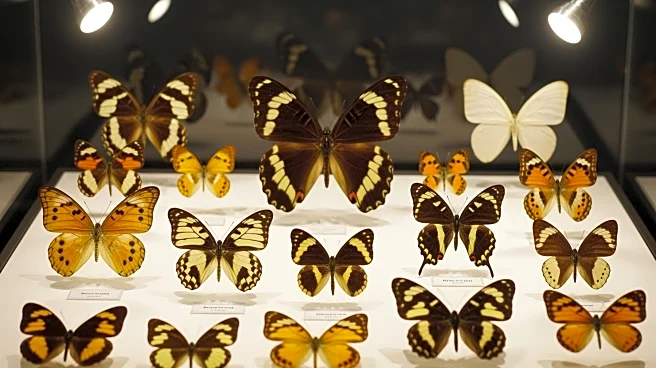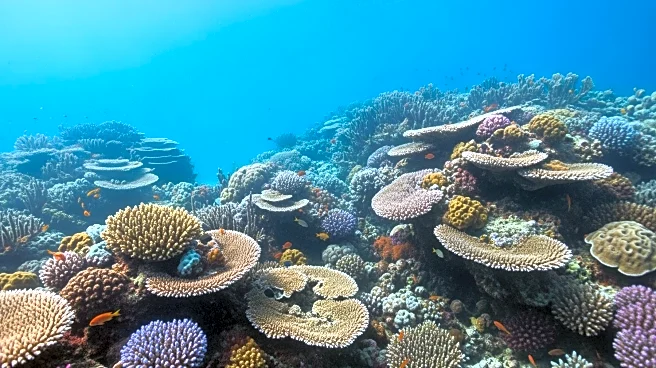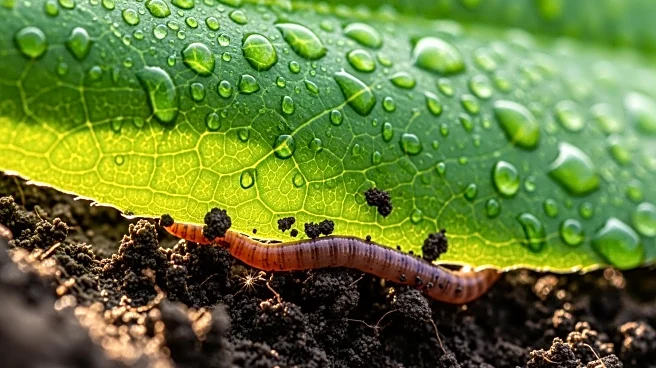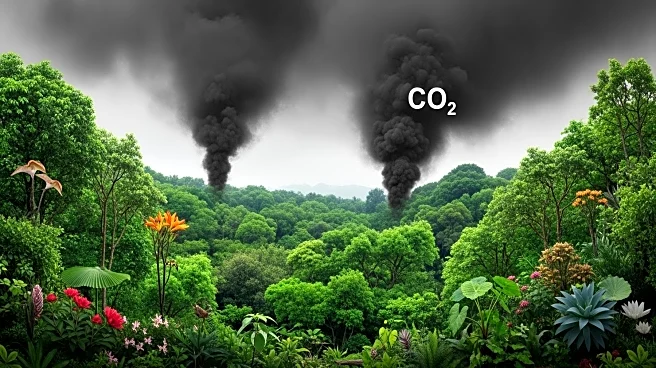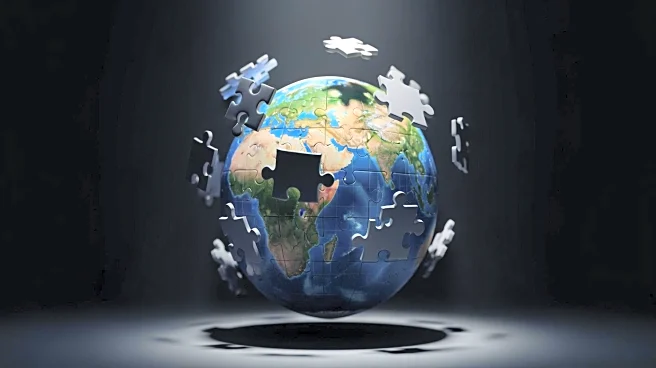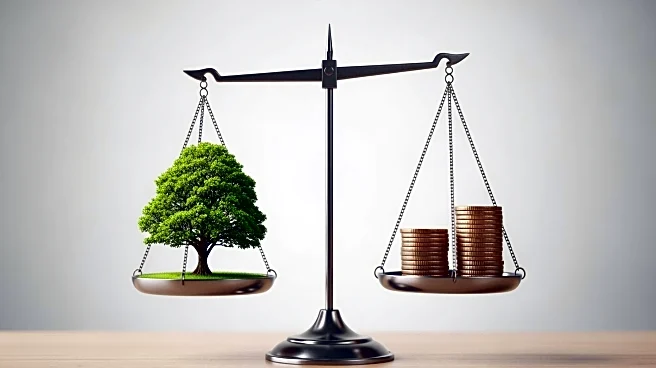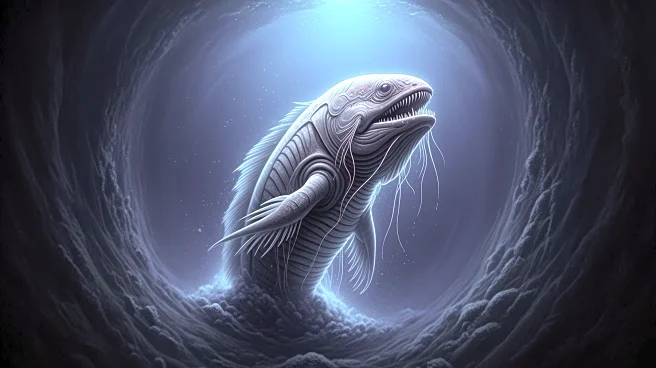What's Happening?
Recent analysis of specimen-based data from the Global Biodiversity Information Facility (GBIF) indicates a significant decline in the rate at which natural history collections are adding new specimens.
This trend has been observed across major taxonomic groups, including plants, vertebrates, and insects, with peak collection periods varying from the 1960s to the early 2010s. The decline in specimen collection is particularly concerning given the increasing need for biodiversity data to address environmental challenges such as climate change and ecosystem degradation. Despite advancements in digitization and data analytics, the reduced spatiotemporal coverage of collections is impairing the ability to derive actionable insights from these data.
Why It's Important?
The decline in natural history collections poses a significant threat to biodiversity science and environmental policy-making. These collections provide critical data for understanding and predicting ecological changes, which are essential for conservation efforts and managing ecosystem services. The reduced collection activity limits the accuracy of statistical inferences and undermines the utility of other ecological data streams. This trend could hinder efforts to address global crises like climate change and biodiversity loss, as accurate predictions of species distribution and ecological impacts become more challenging. The decline also highlights the need for strategic investment in collection activities and the integration of emerging technologies to maximize the value of existing data.
What's Next?
To counteract the decline in specimen collection, there is a need for strategic planning and investment in natural history collections. This includes adopting data-driven approaches to optimize collection efforts and integrating new technologies to enhance data utility. Future collecting activities should focus on maximizing the value of additional information gained, potentially through the development of tools that aid in effective data integration. Additionally, there is a call for broader engagement from researchers across various disciplines to advocate for the value of collections in addressing environmental challenges. This may involve upskilling institutions in less developed regions and expanding digital infrastructure to support collection science.
Beyond the Headlines
The decline in natural history collections also raises ethical and regulatory considerations, such as the rights of traditional owners and the need for stronger scientific justification for specimen collection. The shift towards targeted collecting trends and the growing demand for diverse skills in collection workforce roles further complicate the landscape. These factors, combined with resource constraints and shifting public perceptions, underscore the complexity of maintaining and expanding natural history collections. Addressing these challenges requires a collaborative effort to ensure that collections continue to play a vital role in biodiversity science and environmental management.
